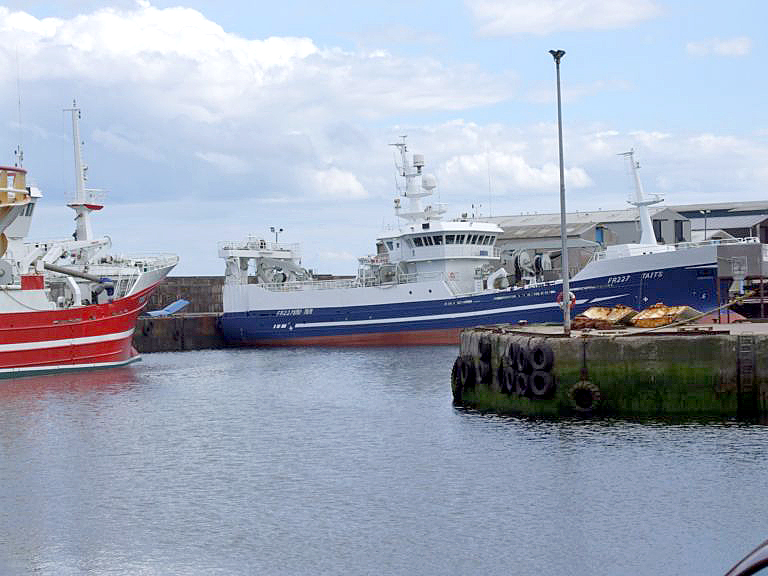Some of those photos are just plain bad. That's a good thing. If you don't have a nice big media card in your camera stuffed full of photos fit only for the bin then you're doing something wrong. The trick is knowing which ones to throw away and what went wrong with them and which ones are alright and what went wrong with them. I suppose one should never say never, but you should never expect to take a digital photograph that doesn't need post processing.
As you take more bad photos and understand what went wrong and why the more you'll start to anticipate problems and improve your technique accordingly.
The picture of Gunner is nearly a nice photo. He's nicely composed with his eyes being nicely off centre (someone's already mentioned the
rule of thirds). Unfortunately it just isn't sharp, it would be nice if his eyes and nose were in sharp focus; it's over exposed by a country mile, hence the white background on the right and the background we can see on the left is a bit busy (simple is key to good composition) but it is out of focus which is good because that helps hide the fact that it's a bit busy. If you're not already, the Aperture Priority mode lets you control depth of field (how much infront and behind of your subject is in/out of focus). Playing with
Aperture is great for portraits.
You might need to practice with the auto focus with your camera. You may have twigged that there's a conflict of interest between getting the composition so the subject is off centre
and sharp, because auto focus will focus on whatever is in the centre, which is where your subject isn't. Centre the dogs face, hold the shutter button half way to lock the focus and then (keep the button half depressed) move the camera (keeping distance from the subject constant - focus is fixed, not 'locked on' so to speak) to compose the shot and shoot. Go take Gunner outside so you've got lots of light (no point making life hard) and practice.
That the picture is over exposed (too much light) could have worked in your favor. You could have used a faster shutter speed and reduced the danger of camera shake. The camera probably got confuseled because the dog is dark and over compensated. Some cameras have an auto bracket mode. Use it. It will take three photos in quick succession with different exposure settings. You'll soon learn what works and what doesn't. Some cameras allow you to lock the automatic exposure settings with an AE lock (point at something roughly mid tone and then AE lock and then compose your shot on your subject). Some cameras will let you adjust the exposure setting and others you'll just have to do the old way using shutter speed and aperture. Go practice.
A couple of the Dock photos are just bad subject/composition (the first of the three is better to my eye). Photography and how we see things when we're out and about looking at stuff are fundamentally different. Thinking, ooh that looks interesting and taking a photo simply doesn't work. Sometimes you need to find something specific that captures the 'interesting' in some way and take a photo of that. Ah, the art of interpretation. The lighthouse that Keith tweaked on the other hand is very nearly respectable.
Post processing is beyond the scope of this post (A chap called David Nightingale has posted a nice little primer about
curves and tonal range) but very quickly...
Here's your original of Mischief (nice shot)
A quick look at the levels dialogue in
Gimp shows a wee gap to the left of the histogram. Shifting the little black arrow (the 'black point') right a bit (I went a touch too far) so it's under some image data helps balance the tonal range. The spike at the far right (white) of the histogram (over exposure again) is a bit of a problem - that's why there's some glare on the fur on Mischief's head. There's not much you can do about that as the data simply doesn't exist in the image to get the detail back. It's off the scale so to speak.
A little bit of unsharp mask (actually way too much unsharp mask, the default is a bit harsh but hey, this is only quick) and a bit off the top (rule of thirds - mischief's eyes)...
I'm not sure it's any better, I think the over exposedness in your original is a happy accident. If I had all day I'd try to edit the weed under Mischief out.



























































